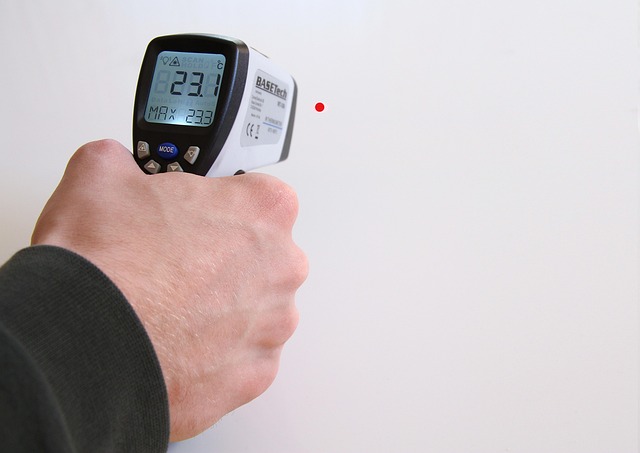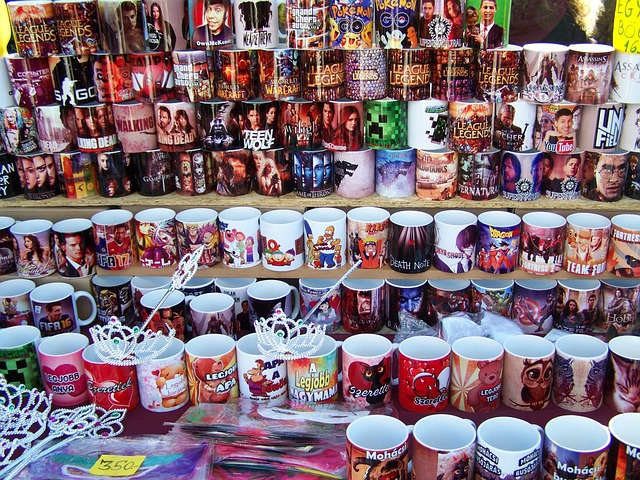Understanding Color Temperature in Your Home Cinema
When you step into your home cinema room, the ambiance should transport you to another world—a world filled with rich colors, detailed visuals, and immersive audio that captivates the senses. Achieving the perfect atmosphere involves mastering various elements, including the often-overlooked concept of color temperature.
The Importance of Color Temperature in Video Recording
Color temperature refers to the hue of the light source and is measured in Kelvin (K). In the world of video recording, it plays a crucial role in how your footage appears, impacting everything from skin tones to the overall mood of the scene. An understanding of color temperature allows you to create stunning visuals that resonate deeply with your audience, transforming your home cinema experience into something extraordinary.
Setting the Scene: Lighting and Its Impact
Lighting can either elevate your film’s aesthetic or detract from it significantly. In your cinema room, consider incorporating adjustable lighting options. Use warmer tones (around 2000K – 3000K) when aiming for a cozy, intimate atmosphere, perfect for romantic films or dramatic narratives. On the other hand, cooler tones (5000K and above) can enhance clarity and bring out vivid colors, ideal for action-packed flicks or sci-fi adventures.
Video Quality: The Right Balance
A video recorded with the incorrect color temperature can lead to unnatural colors and poorly represented skin tones. Investing in a camera that allows you to manually adjust white balance gives you the power to define how the colors will appear in your recordings. Whether you’re shooting in daylight or at night, strive for balanced hues. The right calibration will ensure your videos look as captivating as the movies in professional cinema rooms.
Audio: A Complementary Force
While color temperature focuses on visuals, don’t underestimate the importance of audio in your home cinema. The auditory experience complements the imagery, creating a fully immersive environment. Ensure your sound system is well-balanced; clear dialogue, rich sound effects, and an impactful score will enhance the emotional resonance of your visual decisions. For example, during a warm-toned, romantic scene, the soft melodies will contrast beautifully with the cozy visuals, drawing your viewers deeper into the narrative.
Creating the Optimal Viewing Experience
When designing your home cinema room, consider these elements as interconnected forces. The delicate balance of color temperature, lighting, sound design, and video quality opens the door to brilliant storytelling. Spend time adjusting settings both before and during recording sessions to capture the mood you wish to convey. High-quality visuals paired with an engaging soundscape result in a transcendent experience for your audience.
By mastering those elements, you transform your home cinema room into a sanctuary for film lovers, where every frame and note resonates with creativity, passion, and utmost care. Whether it’s a casual movie night or a serious film critique, the depth achieved through refined color temperature and sound transforms how stories are told—and how they are experienced.




